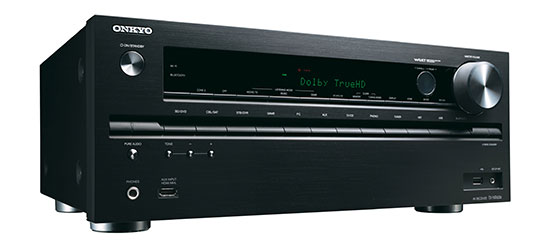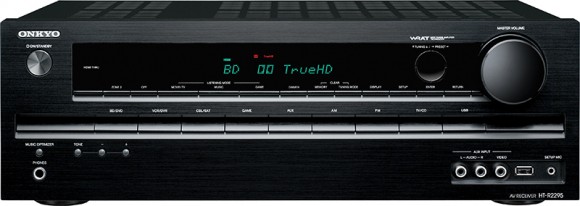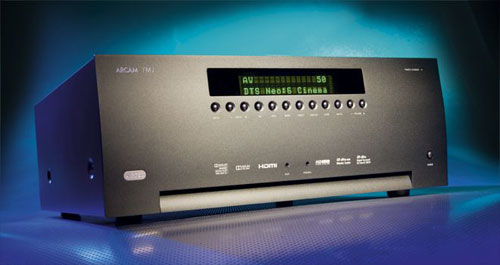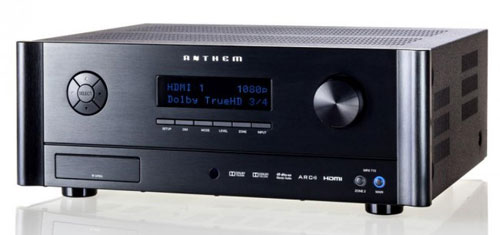If having the latest and most advanced home theater receivers are up your alley, Onkyo might just have the fix you need.
Onkyo has just launched the latest range of network ready receivers that features 4K streaming and Ultra HD upscaling via HDMI. 2 models are announced so far, the TX-NR535 is a 5.2-channel receiver while the TX-NR636 ups the ante with and 7.2-channel output. Both receivers feature HDMI specified for 4K/60 Hz video, universal support for gapless hi-res network audio, built-in Wi-Fi and Bluetooth. In addition the TX-NR636 adds HDCP 2.2 compatibility to support the latest DRM copy-protection standard.

Onkyo TX-NR 636 Receiver
It is good to note that Onkyo has continued its tradition of not neglecting the audio aspect of their receivers making them fully enjoyable in a music only system as well as a full blown home theater setup. Both receivers feature gapless playback of almost any high-resolution file format including 5.6 MHz DSD, Dolby TrueHD, 192 kHz/24-bit FLAC and WAV, and ALAC to 96 kHz and 24-bit depth. If you have a big library of music on your smartphone or tablet it can be streamed via remote app and Wi-Fi to the home theater. The TX-NR535 and TX-NR636 come loaded with Spotify, Pandora, Rhapsody, SiriusXM Internet Radio, AUPEO! and TuneIn.
Curiously what is missing is the ubiquitous Audyssey calibration. Instead the receivers utilize Onkyo’s proprietary AccuEQ calibration system.
The suggested retail price for the Onkyo TX-NR535 is $499 while the Onkyo TX-NR636 retails for $699.





